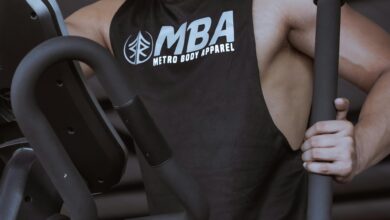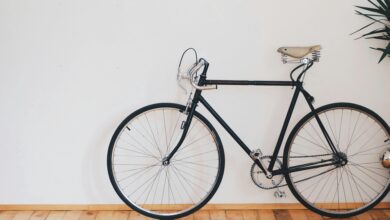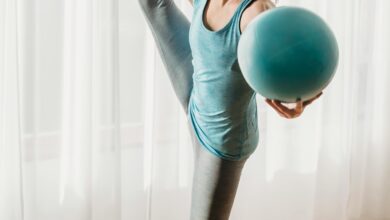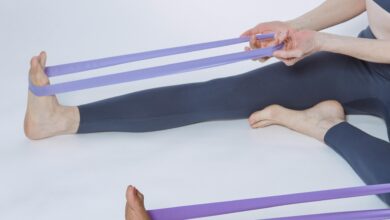How to Set Up a Home Gym on a Budget: A Step-by-Step Guide
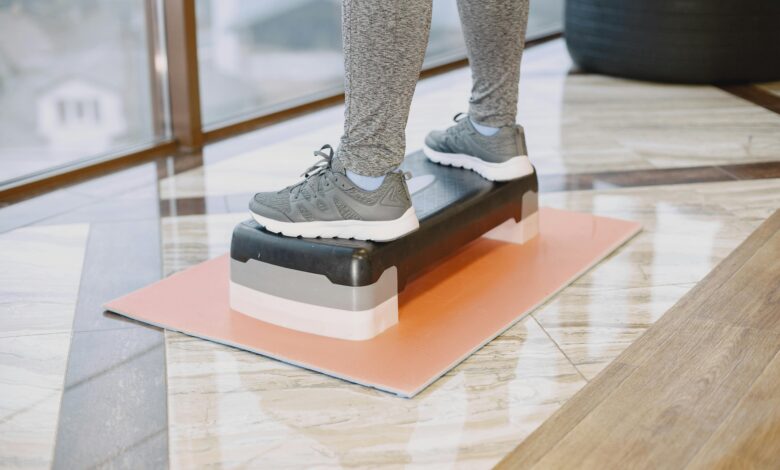
Creating a home gym is an excellent way to save time, money, and effort while staying fit. However, the idea of setting up a home gym can seem daunting, especially if you’re working with a limited budget. The good news is that with some creativity, research, and planning, you can build a functional and affordable workout space tailored to your fitness goals. This guide will walk you through how to set up a home gym on a budget without compromising quality or effectiveness.
1. Assess Your Fitness Goals
Before purchasing any equipment, it’s essential to determine your fitness goals. This will help you prioritize what you need and avoid overspending on unnecessary items.
Common Fitness Goals
- Strength Training : Building muscle and increasing strength.
- Cardiovascular Fitness : Improving endurance and heart health.
- Flexibility and Mobility : Enhancing range of motion and preventing injury.
- Weight Loss : Burning calories and improving overall fitness.
Why It Matters
Understanding your goals ensures you invest in equipment that aligns with your needs, making your home gym both practical and cost-effective.
2. Choose the Right Space
The next step is selecting a suitable area for your home gym. You don’t need a massive space—just enough room to move comfortably and store your equipment.
Tips for Selecting a Space
- Use What You Have : Convert a spare room, garage, basement, or even a corner of your living room into your gym.
- Clear the Area : Remove clutter and ensure there’s enough space for exercises like jumping jacks, lunges, or yoga poses.
- Ventilation and Lighting : Ensure the space is well-ventilated and has adequate lighting for safety and comfort.
- Floor Protection : Use inexpensive mats or rugs to protect your floors and reduce noise.
Budget-Friendly Flooring Options
- Interlocking Foam Tiles : Affordable and easy to install.
- Old Carpets or Rugs : Repurpose items you already own.
3. Start with Bodyweight Exercises
One of the most cost-effective ways to build a home gym is by focusing on bodyweight exercises. These require no equipment and are highly effective for building strength, endurance, and flexibility.
Essential Bodyweight Exercises
- Push-Ups : Strengthens chest, shoulders, and arms.
- Squats : Targets legs and glutes.
- Planks : Builds core stability.
- Lunges : Improves balance and lower-body strength.
- Burpees : Full-body cardio workout.
Why It’s Ideal for Beginners
Bodyweight workouts eliminate the need for expensive equipment while still delivering excellent results.
4. Invest in Versatile, Affordable Equipment
Once you’ve mastered bodyweight exercises, consider adding versatile and budget-friendly equipment to enhance your workouts.
Must-Have Budget-Friendly Gear
- Resistance Bands : Lightweight, portable, and great for strength training ($10–$20).
- Dumbbells : Adjustable dumbbells or second-hand weights are cost-effective options.
- Jump Rope : Perfect for cardio workouts ($5–$15).
- Yoga Mat : Provides cushioning for floor exercises ($10–$30).
- Kettlebell : A single kettlebell can be used for a variety of exercises ($20–$50).
Where to Find Deals
- Second-Hand Stores : Thrift shops, garage sales, and online marketplaces like Facebook Marketplace or Craigslist often have discounted fitness gear.
- Seasonal Sales : Look for discounts during holidays like Black Friday or New Year’s resolutions season.
5. Get Creative with DIY Solutions
If you’re on a tight budget, get creative and make your own fitness equipment using household items.
DIY Fitness Ideas
- Water Jug Weights : Fill gallon jugs with water or sand for makeshift dumbbells.
- Towel Sliders : Use hand towels on smooth floors for ab exercises like mountain climbers.
- Stair Workouts : Use stairs for step-ups, calf raises, or sprints.
- Backpack Weights : Add books or cans to a backpack for added resistance during squats or lunges.
Benefits of DIY Equipment
- Low-cost or free alternatives.
- Encourages resourcefulness and innovation.
6. Incorporate Cardio Without Expensive Machines
Cardio equipment like treadmills and ellipticals can be expensive, but there are plenty of ways to get your heart pumping without breaking the bank.
Low-Cost Cardio Options
- Running or Walking : Use your neighborhood or local park as your treadmill.
- High-Intensity Interval Training (HIIT) : Short bursts of intense exercise followed by rest.
- Dance Workouts : Follow free YouTube videos or apps for fun cardio sessions.
- Stationary Bike or Rowing Machine : Look for used models online at a fraction of the retail price.
Free Resources
- YouTube Channels : Channels like Fitness Blender, Yoga with Adriene, and HASfit offer free guided workouts.
- Fitness Apps : Many apps provide free trial periods or affordable subscription plans.
7. Organize and Maintain Your Space
A cluttered gym can discourage you from working out. Keep your space organized and maintain your equipment to ensure longevity.
Organization Tips
- Storage Solutions : Use shelves, hooks, or bins to store smaller items like resistance bands or jump ropes.
- Wall-Mounted Racks : Save floor space by mounting dumbbells or kettlebells on the wall.
- Multi-Functional Equipment : Choose items that serve multiple purposes, such as adjustable dumbbells or foldable benches.
Maintenance Tips
- Wipe down equipment after use to prevent wear and tear.
- Regularly inspect items for damage or signs of wear.
8. Stay Motivated
Setting up a home gym is just the first step; staying motivated is key to achieving your fitness goals.
Motivation Strategies
- Set Realistic Goals : Break down larger objectives into smaller, achievable milestones.
- Track Progress : Use a journal or app to monitor improvements in strength, endurance, or weight loss.
- Create a Routine : Establish a consistent workout schedule that fits your lifestyle.
- Involve Others : Invite friends or family members to join you for virtual or in-person workouts.
9. Expand Gradually
As your fitness journey progresses, you can gradually add more equipment or upgrade existing items based on your evolving needs and budget.
Future Additions
- Pull-Up Bar : Great for upper-body workouts ($20–$50).
- Exercise Ball : Useful for core exercises and stretching ($10–$30).
- Weight Bench : Provides versatility for strength training ($50–$150).
Pro Tip
Avoid buying too much equipment at once. Focus on mastering one piece before expanding your collection.
